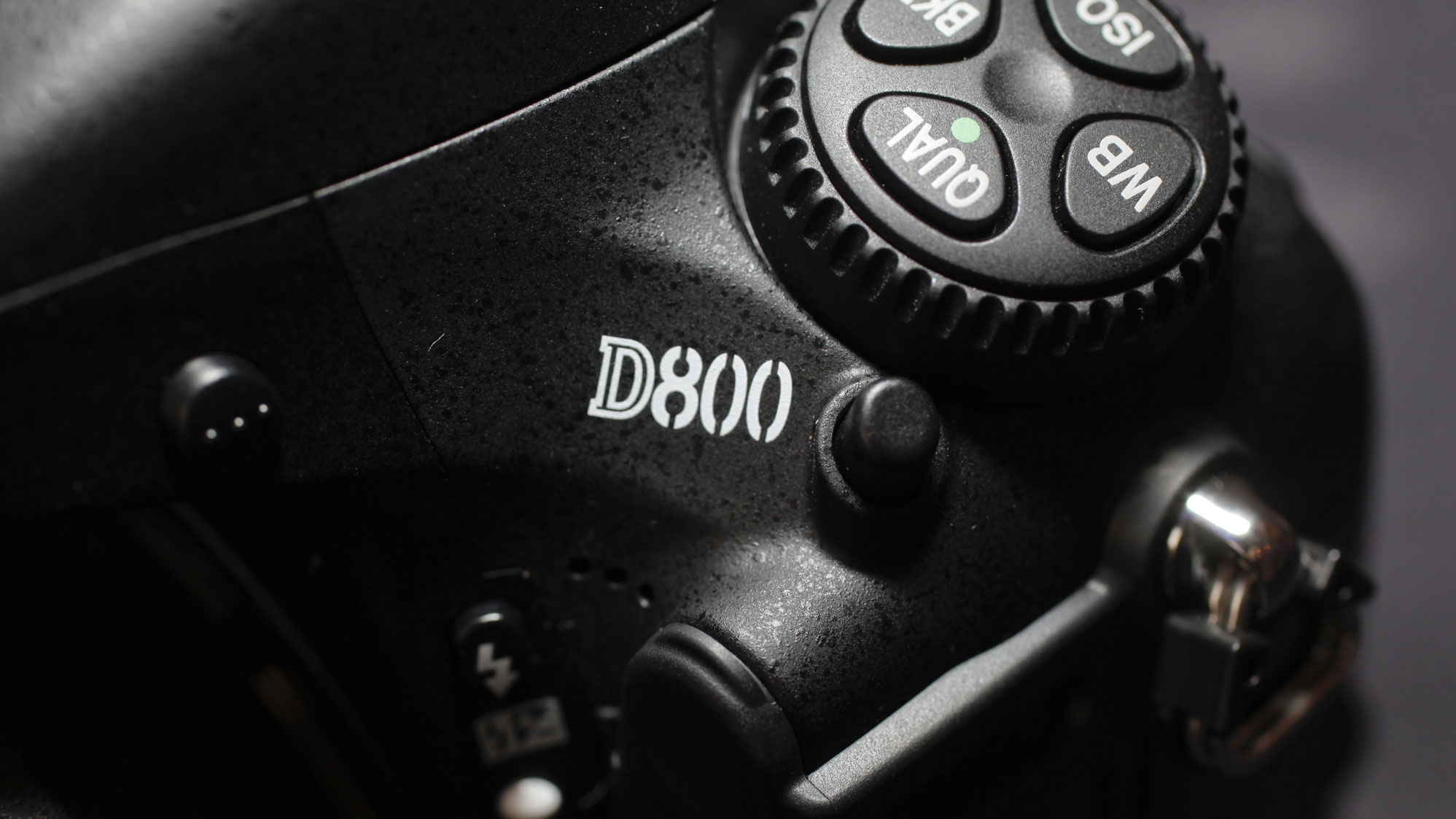Why you can trust TechRadar
Our tests reveal that the Nikon D800 is capable of resolving a huge amount of detail, in fact it's not far behind the medium-format Pentax 645D, which has a 40Mp sensor that measures 44x33mm. This is an impressive feat, as although it's full-frame, the D800's sensor is considerably smaller at 35.9x24mm.
One risk with packing so many pixels onto a sensor is that the photosites have to be very small, and this can lead to increased image noise levels. The good news is that Nikon has struck a successful balance between resolution and noise.
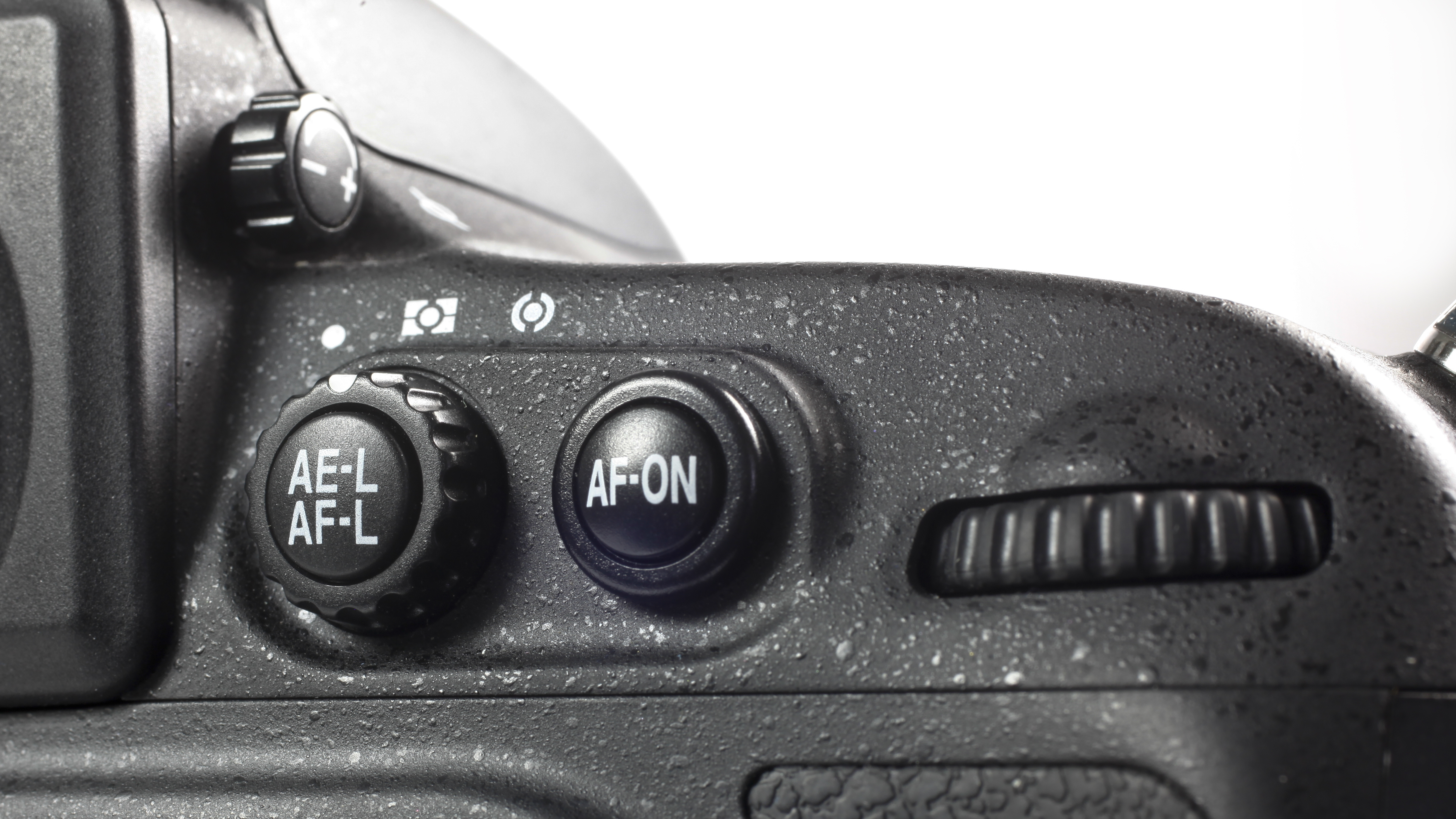
However, we would recommend sticking within the native sensitivity setting (ISO 100-6400) wherever possible, and the upper expansion sensitivity values (equivalent to ISO 12800 and ISO 25600) are reserved for needs-must situations.
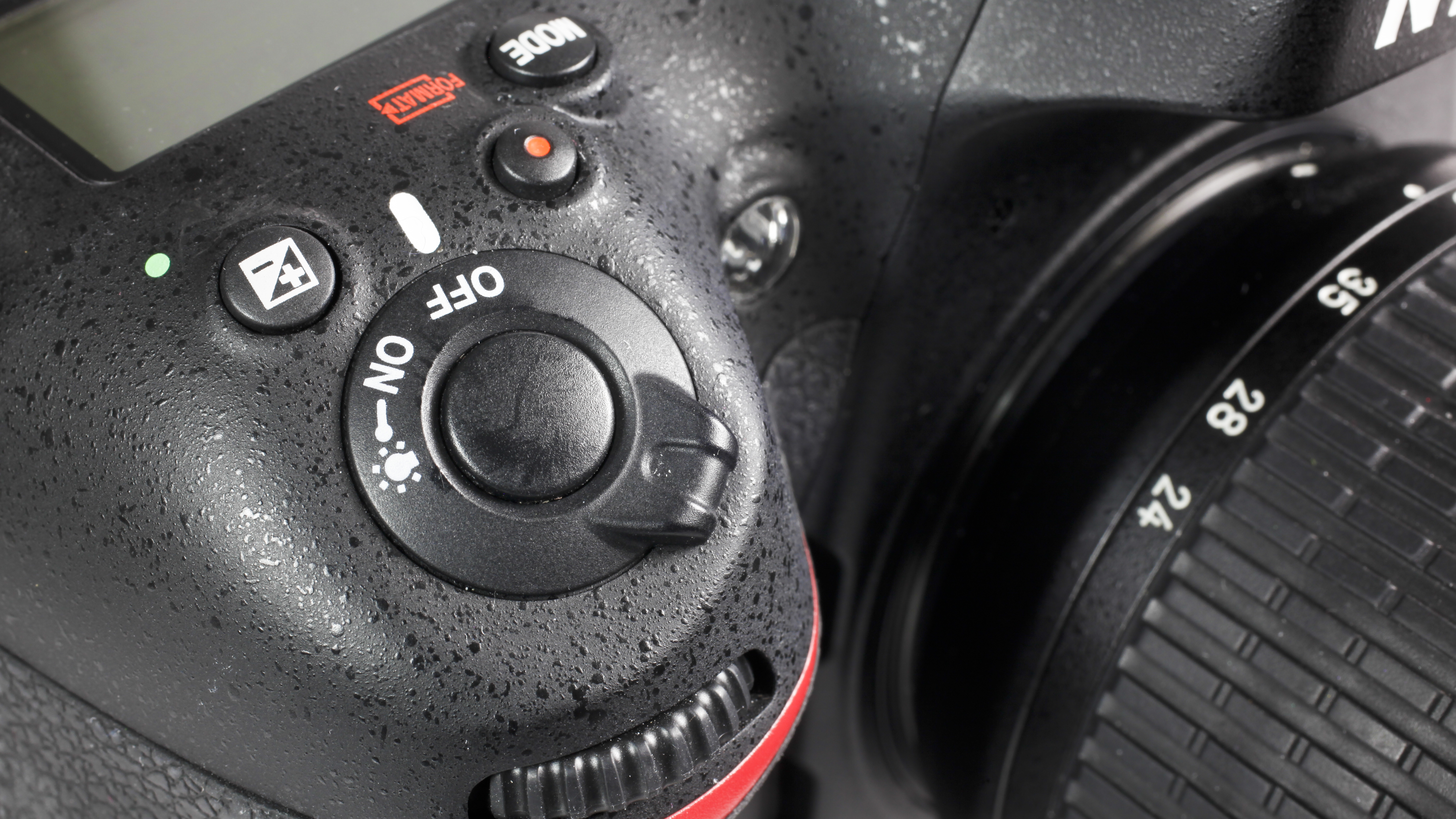
The visibility of coloured speckling (chroma noise) varies somewhat depending upon the lighting conditions. For example, in our shots taken a gym that was dimly lit by sodium lamps, chroma noise is clearly visible from around ISO 2500 when the images are viewed at 100% on the computer screen. In other situations, however, noise is only visible in the shadows from around ISO 3200-6400.
On the whole, though, ISO 3200 and even ISO 6400 images look good when sized to make A2 prints. The shadows of some images taken at ISO 25600, however, have a distinct purple or blue cast that is visible even in thumbnail images.
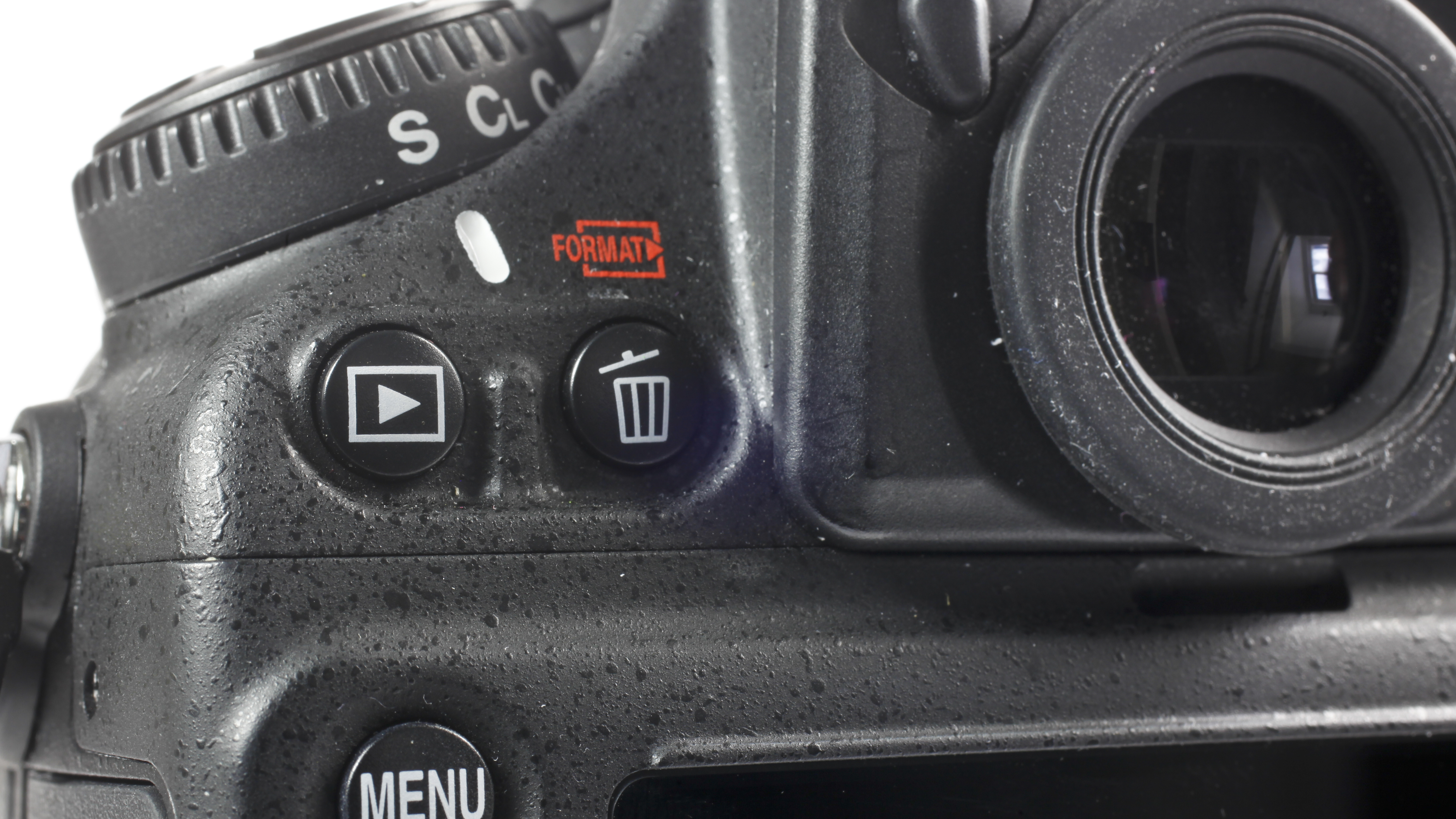
We might expect dynamic range to suffer as a result of the sensor having such a high pixel count, but the D800 impresses here as well. Images have a good range of tones straight from the camera, but ironically this means that quite a few of them of them benefit from a slight boost to the contrast.
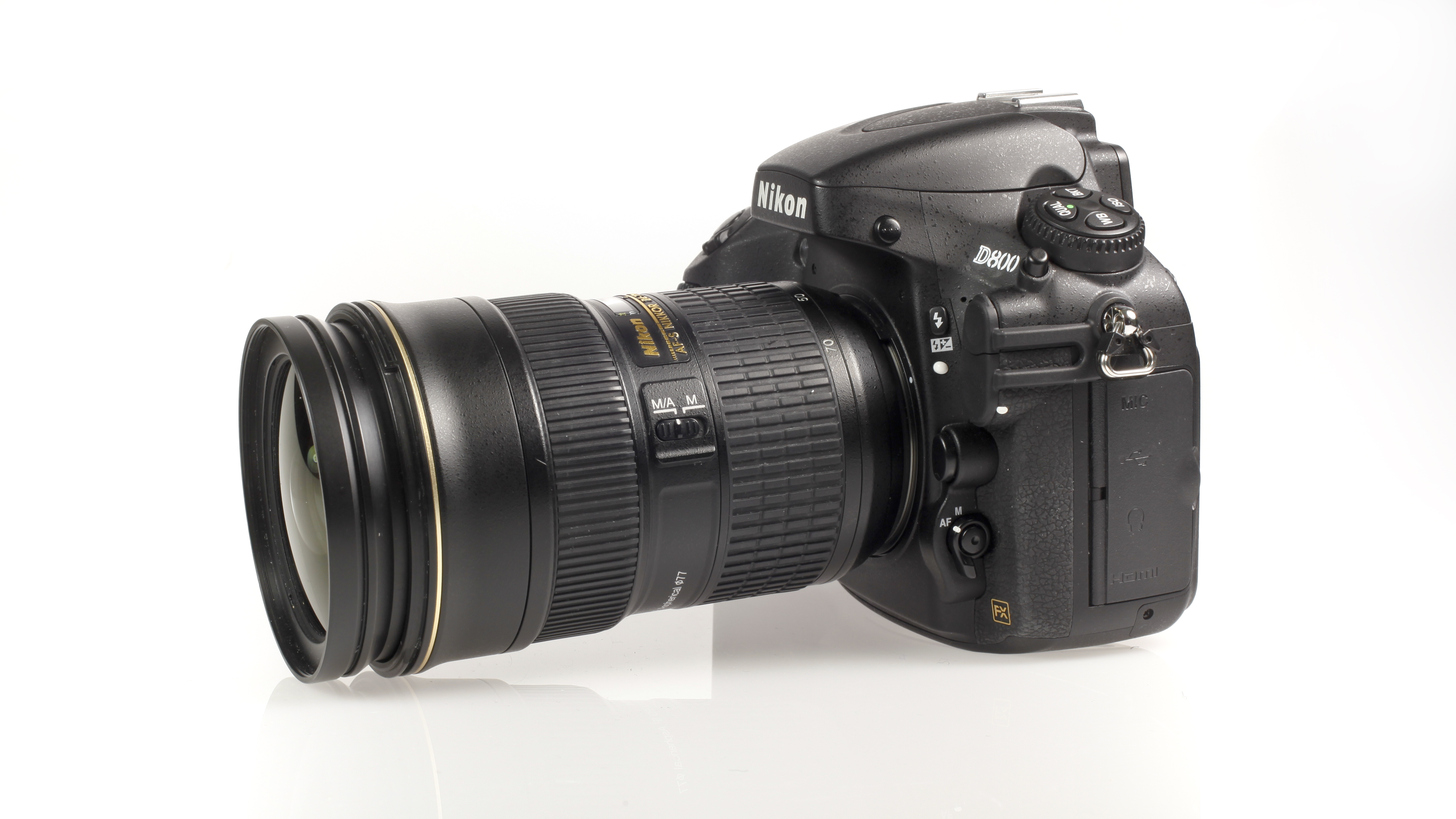
Given that it has the same Multi-Cam 3500 FX autofocus system as the D4, which is a tweaked version of the one in the D3S, it's no surprise that the D800 is capable of focusing quickly and accurately when the need arises, even in low indoor light.
When shooting moving subjects it's worth investing a bit of time thinking about the subject and the shooting conditions as the D800 has a wealth of continuous shooting options. When following a moving subject around an area where objects such as pillars or posts may momentarily obscure it, for example, it may be sensible to set the camera to respond relatively slowly to avoid the lens from focusing on the obstruction and then having to refocus on the subject.
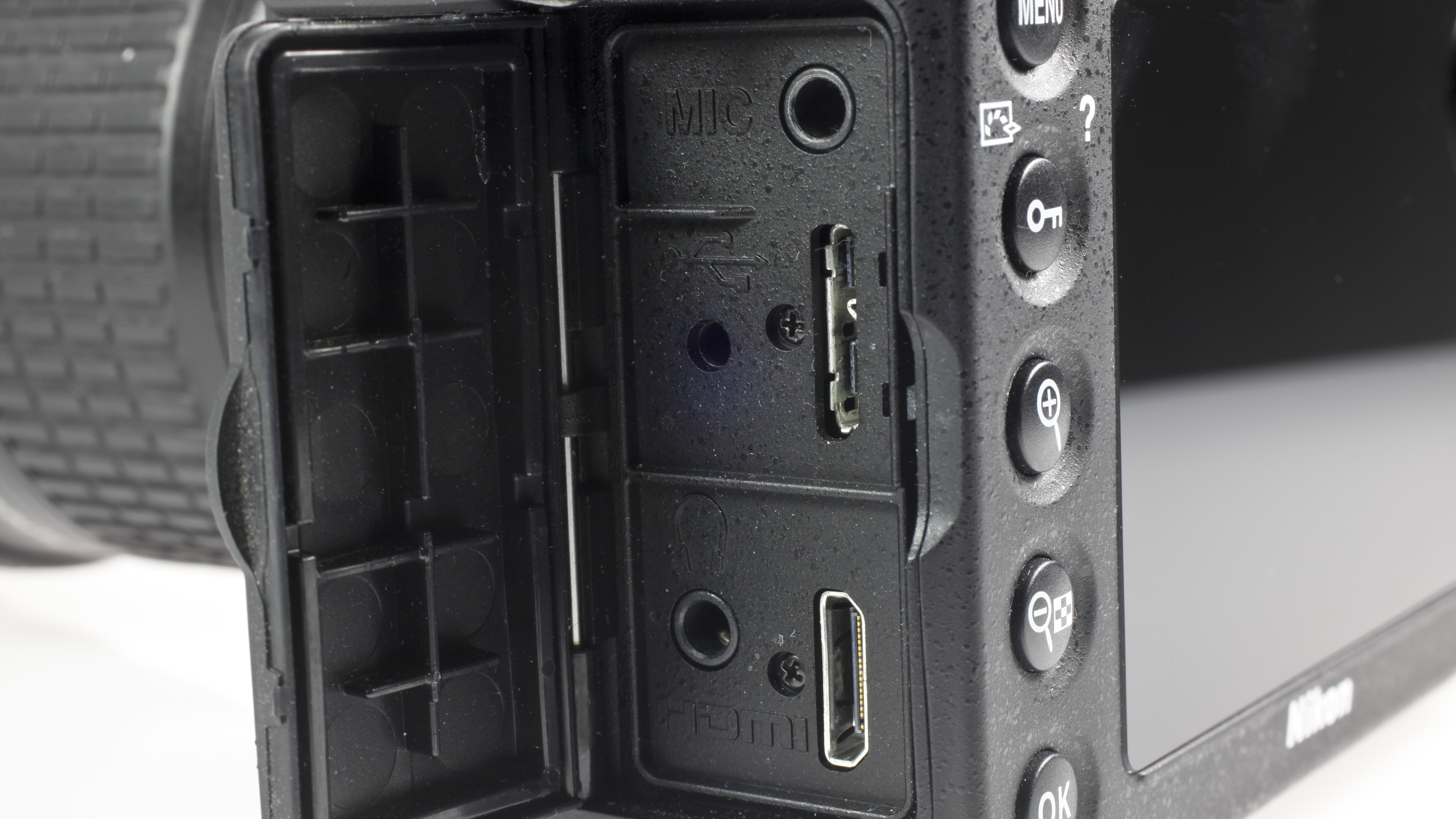
Nikon isn't new to producing digital SLRs, and the D800 uses the company's know-how to ensure that white balance and colour are good straight from the camera in most situations. This is not to say they are infallable, however, and there were quite a few occasions during this test when the exposure compensation facility was required, in a couple of situations the reason wasn't obvious.
One small criticism is that it is strange that such an advanced camera as the D800 should have an HDR (high dynamic range) mode that only operates when shooting JPEG images. Furthermore, the only image that is saved is the merged version. Canon's approach with the EOS 5D Mark III is much more useful to advanced photographers, as the three images that make up the final HDR image are recorded and raw file shooting is possible.
Nikon D800 vs D700 autofocus performance
The Nikon D800's 51-point AF system is updated compared that found in the D700. The centre 11 focusing points function with apertures as slow as f/8 on the D800, whereas the D700 requires a maximum aperture of f/5.6 to function properly. This should help when using a tele-convertor with a lens that has a small maximum aperture, but does it also help with its performance in low light conditions?
Using the central bunch of cross-type focusing points, the D800's AF system certainly seems very sure of itself, locking on to subjects very quickly, and for the most part, accurately. Using a screw-driven lens with a fast maximum aperture, such as the Nikon 50mm f/1.4 AF-D, the in camera focusing motor drives the lens slightly faster, but in low light conditions it misses critical focus about as much as the D700, which isn't very much at all.
However, when using the linear-type focusing points towards the left and right sides of the frame, it can be very difficult to get the D800 accurately focused with lenses that have a maximum aperture faster than f/2.8.
Compared to the D700, which performs reasonably well with these focusing points, the D800 is a little disappointing in this area. The issue is effectively magnified by the high pixel count, which shows up any focusing errors much more than the relatively low resolution of the D700. When shooting in low light conditions, it is probably best to stick to using the cross-type AF sensors on the D800, locking focus and recomposing for composition.
Nikon D800 vs D700 in low light
Comparing raw and JPEG images from the D700 and D800 (both with the noise reduction set to the default value) reveals they are virtually inseparable until ISO 6400. At this point, in-focus edges are broken down slightly more due to noise with the D800. This is true even after resizing the 36Mp images down to the same dimensions as the 12Mp files from the D700.
At ISO 6400, flat areas of colour look slightly less noisy in images produced by the D800, which indicates the in camera noise reduction is more aggressive than with the D700.
At expanded sensitivity settings, differences in images are very much the same, with the D700 producing detail that is slightly more clearly defined, at the expense of the image containing more speckling due to noise. Contrast and colour fidelity remain excellent on both cameras, right up to ISO25600, where noise takes over, fine detail is lost and shadows become quite snowy in appearance.
Any differences in high sensitivity (ISO) performance between the two cameras are minimal, and any performance lost by the extra pixels can be mitigated somewhat be resizing the image down. Edge definition lost to noise starts to improve as images are resized, although at 12Mp, edges do look slightly clearer at sensitivities of ISO6400 and higher with the D700. Only slightly though.
Nikon D800 vs Nikon D700 file handling
Another issue to be faced by having such a high-resolution camera is how dealing with those 36Mp files may clog up your computer and slow workflow. This can be very important, depending on how patient you are, or how time-critical your work is. Various common workflow tasks have been compared for speed against the D700, to asses how the larger files may affect workflow.
Time taken to copy 100 raw files - Lexar Professional 300x UDMA CF card
Kingston USB 3.0 card reader: D700= 41.37sec, D800 56.51secs
USB 3.0 to camera: D700=3:09.68, D800=1:14.77
USB 2.0 to camera: D700=3:04.08, D800=2:15.93
It isn't overly surprising that it takes less time to copy over 100 raw files from the Nikon D700 via a USB 3.0 card reader. What is surprising, is how little difference there is in the copy times between the D800 and D700 files. The fact it only takes 15 seconds longer to transfer the files isn't going to cause much distress.
As the D800 sports the latest USB 3.0 interface transferring those files straight from the camera is quicker, despite their size. Surprisingly, this is also the case if using a USB 2.0 connection on the computer.
Time taken for file handling in Capture One 6.4 – 64bit
Capture one 6.4 has been used to asses how much the larger file sizes will affect workflow, when compared the D700. The program was first left to completely generate previews on all of the 100 raw files imported, then processed as a batch and the times taken for each process noted. Two different computers have been used for testing. A high-powered tower PC, sporting a six-core AMD processor and a lower powered laptop.
Tower PC - AMD Phenom II X6 1055T @ 2.80GHz - 6GB RAM - 1TB Samsung Spinpoint F1 HDD – 64bit Windows 7 Professional
Generate Previews: D700=1:17.36, D800=3:33.70
Process to TIFF: D700=5:24.96, D800=17:19.16
Laptop - Lenovo Thinkpad x121e - Intel i3-2367m @ 1.4GHz - 8GB RAM - Crucial M4 256GB SSD - 64bit Windows 7 Home
Generate Previews: D700=02:16.48, D800=06:10.06
Process to TIFF: D700=13:21.89, D800=32:27.43
Looking at the times, it is evident that if the computer used for handling files is powerful enough, then although it does take over double the amount of time to generate previews and process the files, the time taken is still fairly respectable, and shouldn't pose too many issues for most people.
However, if images are required as fast as possible, whilst working in the field, the extra time spent dealing with the files may become a problem. The total time to taken to process previews and high resolution TIFF files from the D800 weighs in at over 38 and a half minutes on the laptop used for testing, whereas the same tasks only take 15 minutes and 38 seconds with files from the D700.
